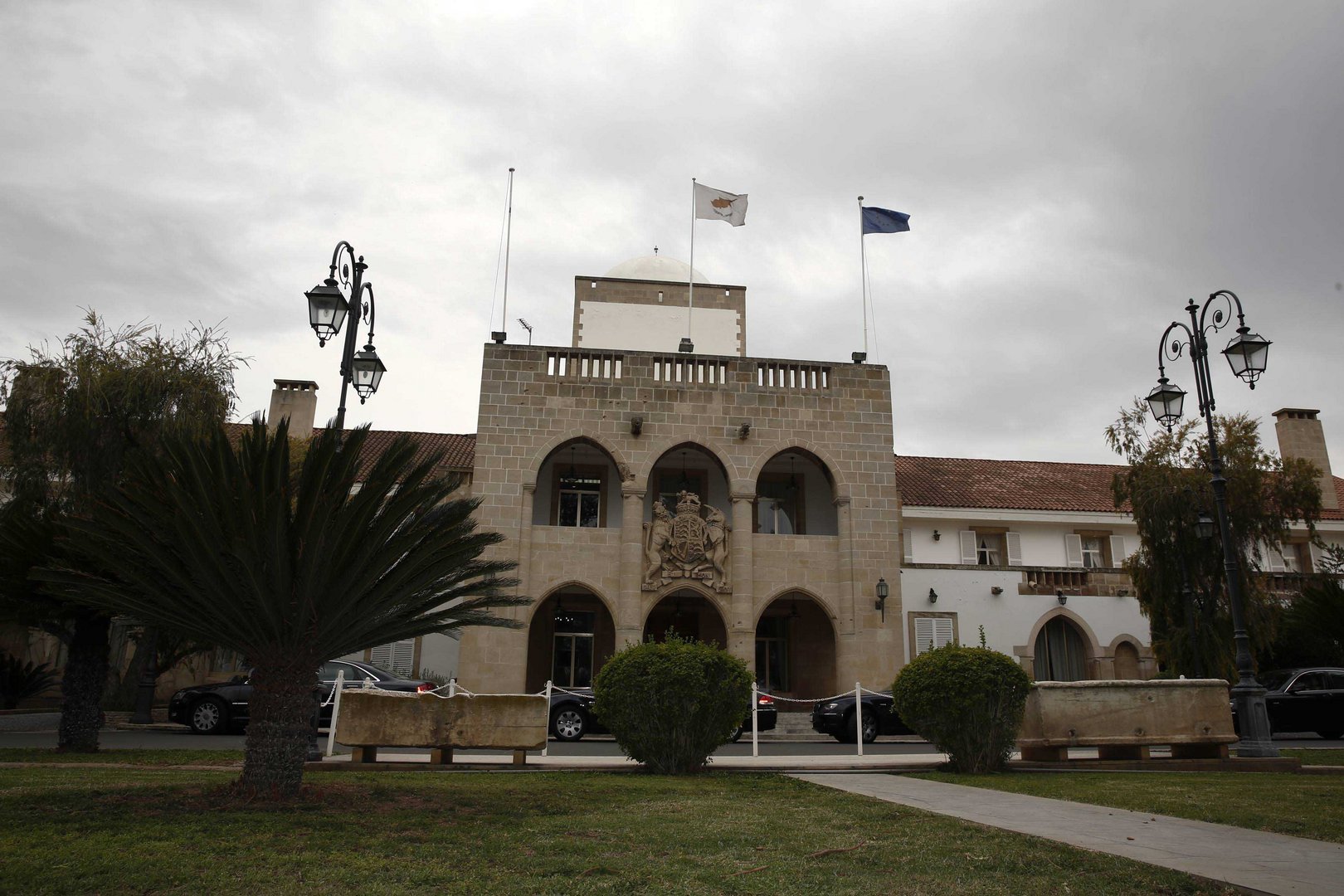The presidential palace in Nicosia is to have an energy makeover and will be included in a list of emblematic buildings around Europe that will receive such upgrades in the framework of the EU’s ‘Upgrade’ programme for public buildings.
The 85-year-old structure, built by the British colonial rulers, has been selected along with the town hall in Crete, Greece to become model examples of good practices for the energy upgrading of historic buildings, according to a statement from the palace.
The upgrade is expected to cost around €2 million and take 24 months and is co-financed by the EU.
“The aim of the project is the development of optimal energy upgrade techniques which, by their application, transform the existing historic buildings into standard buildings of high energy efficiency,” the statement said.
In general, the EU is aiming for public buildings to demonstrate cost-effective low-carbon technological solutions to manage energy within buildings and interact with the grid providing energy efficiency, flexibility, generation and storage with the use of smart systems, smart controls, smart metering and smart appliances.
Construction on the current presidential palace was completed in 1937, at a cost of £70,000 sterling.
The original colonial governing house was a prefabricated building erected in 1878 when Cyprus was handed to Britain by the Ottomans.
The building was burned to the ground during the Greek Cypriot riots in October 1931 after which the British passed a law saying the people would have to partly pay for a new one.
According to historical reports, a total of £34,315 was demanded, payable by 30 June 1932. The amounts demanded were £14,000 from Nicosia, £5,500 from Limassol, £5,000 from Famagusta, £2,000 from Larnaca, £500 from Paphos, and £6,315 from the island’s villages.
The new building was designed by architect Maurice Webb and the construction carried out by J V Hamilton & L F Weldon together with the public works department with sandstone being the main materials.







Click here to change your cookie preferences